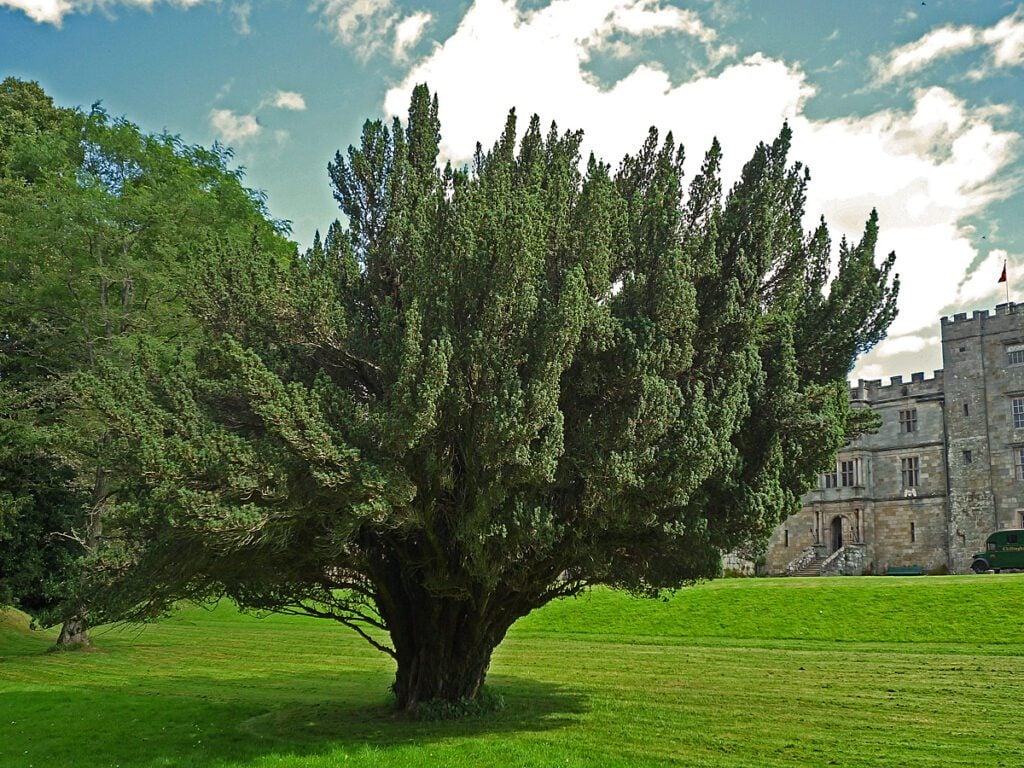Table of Contents
Yew trees fascinate in stand-alone as well as hedge formations in terms of their height, spread, and alluring coniferous looks.
It is part of the many varieties of evergreen trees that are easy to care for and thrive in a range of growing conditions unhindered.
Yew trees are loved for their properties like low-maintenance, sparse water needs, easy pruning, and minimal fertilizing.
However, some growing conditions are imperative for Yew plants, such as deep, well-aerated, drained, and fertile soil.
It does not matter if the Yew is sought to be planted as a tree or a hedge.
Yew hedge problems crop up if these conditions are not satisfied and result in a Yew hedge with stunted growth.
How to Grow and Care for Yew Trees
One major yew hedge problem is plants growing unevenly in size along the length of the hedge. Now let us walk through the conditions under which Yew trees can grow smartly and support many areas of life.
1. Planting Time of Yews
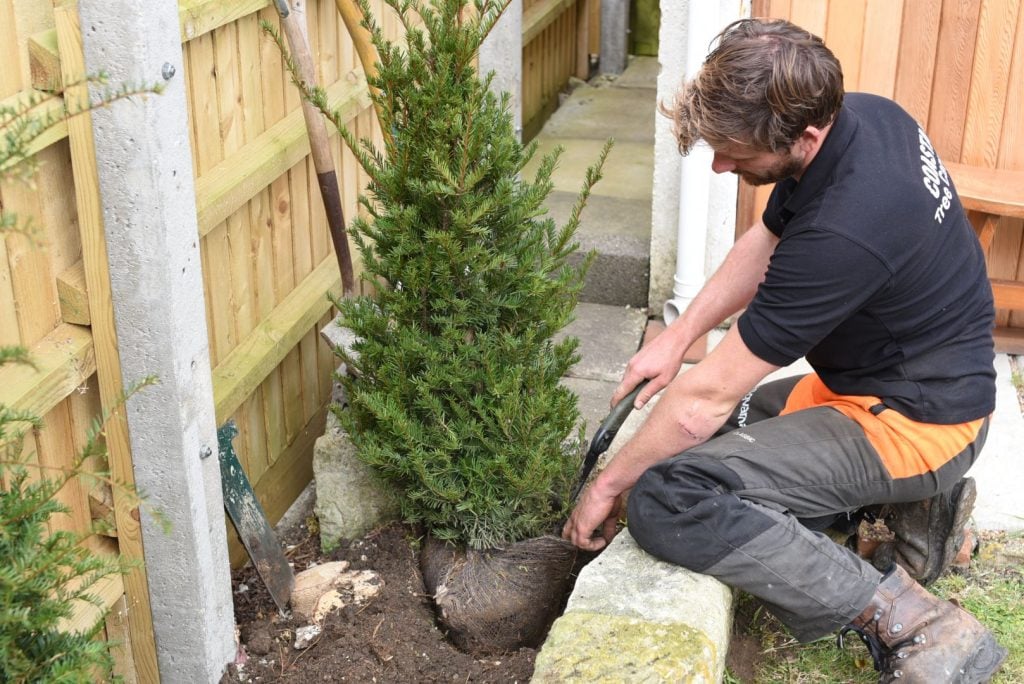
The conifer is set up mainly at the beginning of fall. It can also be planted until March or April if it does not freeze. If planted to become a stand-alone tree, it may grow larger. Make sure that it has enough space to spread out.
Yews thrive in locations where high exposure to sunlight is liberal, yet they will do well in light shade as well. The yew tree requires well-drained soil. When you want to grow yews as part of a hedge, keep a distance of 30 inches between the plants.
Hedges are designed as a line of closely spaced trees to create a boundary to separate from adjoining fields or roads. Yew hedges can make a nice topiary if clipped well. Soon after planting Yew, ensure regular watering for at least two years to facilitate robust root development and ward off Yew hedge problems.
2. Propagation
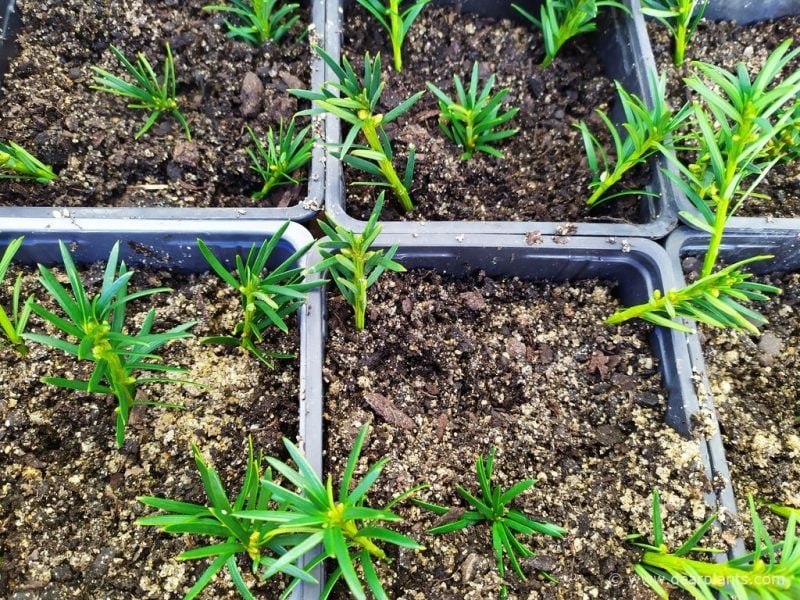
Cuttings are a proven way to propagate yews. However, it has a longer gestation period yet is faster than the seed method. Propagating Yews by cutting yields creates the best offspring identical to the parent and is the way to go.
To propagate Yews via cuttings, you may use pruning scissors, rooting pots, hormone powder, potting soil, and sand. Take 4- to 6-inch cuttings in the late summer. But cut from the softwood portion of the bush and go for upright and stable shoots.
Now let us look at the growing conditions you have to manage in making the Yew plant grow harmoniously without yew hedge problems and other anomalies.
3. Soil Condition
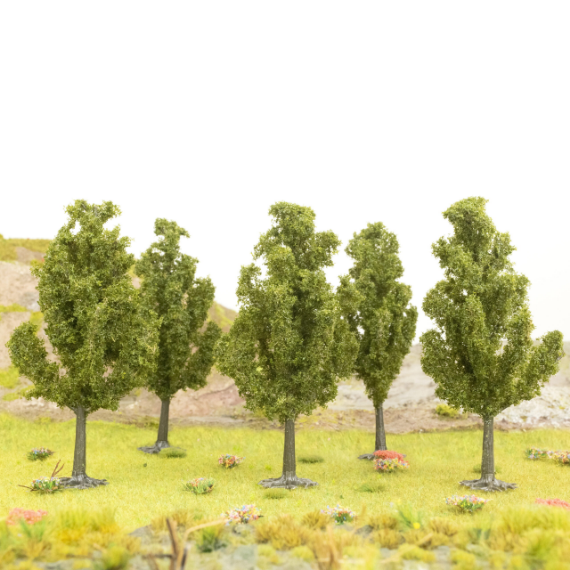
Yew tolerates several types of soil, provided there is good drainage. The rich, loamy soil with a neutral to alkaline pH of 5 to 8 will be fine. Heavy clay content in soil is not a problem for Yew trees. However, waterlogging can destroy the roots of Yew.
4. Light
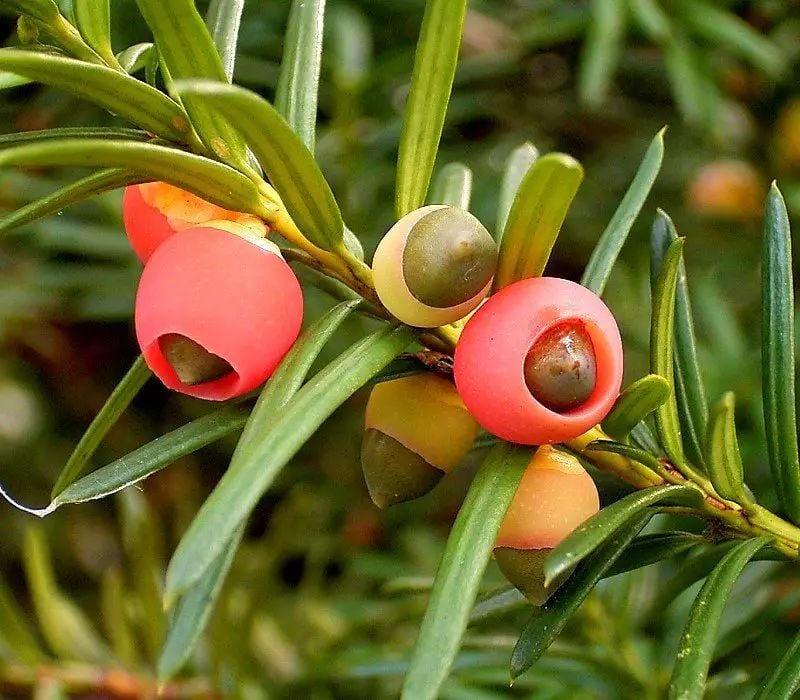
Yews love in full sun, partial shade, and even full shade. For lush growth, your spot must have seamless sunshine. Too much shade can cause floppy growth.
5. Water
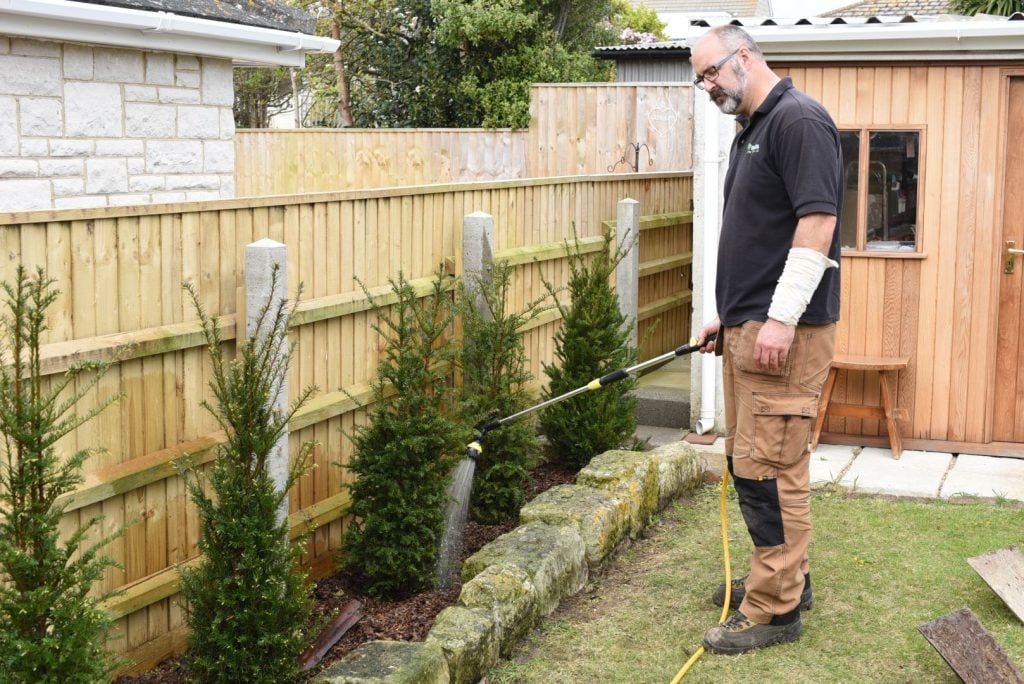
Yews require moderate soil moisture and bear short drought and moderate overwatering conditions. Ensure that you do not leave the roots immersed in water. In the first year of planting, weekly watering is essential to maintain soil moisture. Providing water beyond two years is mandated if there is a prolonged dry spell and you sense new hedge problems.
6. Humidity
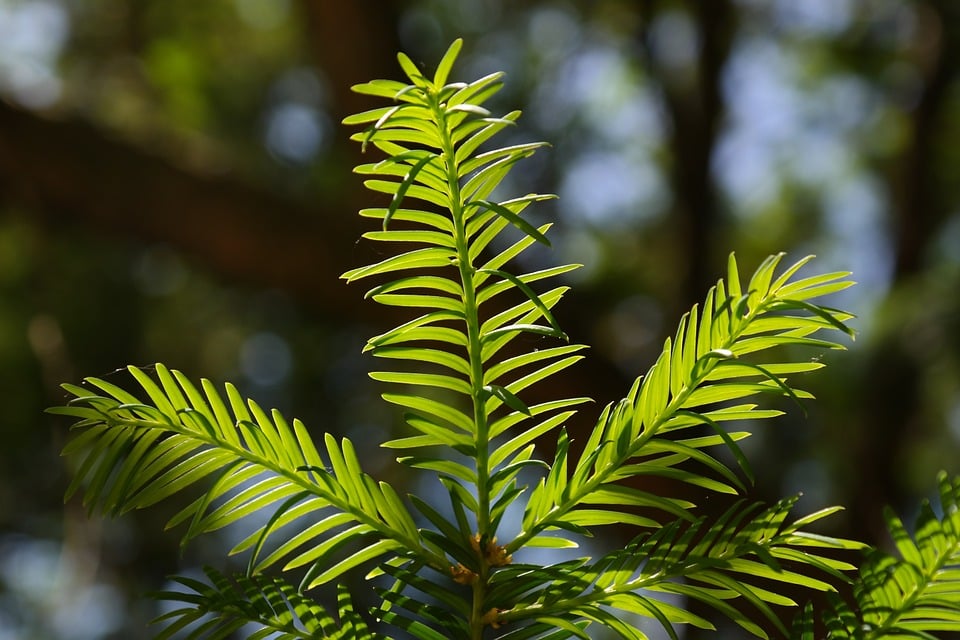
Yew plants may not tolerate extreme temperatures for long, be it hot or cold. It prefers sites sheltered from strong winter winds. Humidity is not a big problem for Yew, and it can struggle in hot and humid summer weather.
7. Potting and Repotting
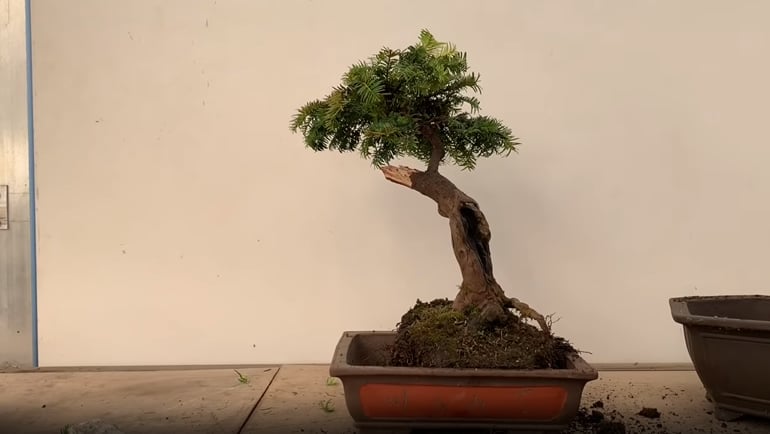
Like most evergreens, Yew plants do well in containers and can be kept outside in pots year-round. The growth may be a bit slow-paced in containers, but that sounds good for gardeners.
Planting yews in a clay pot will be fine, but keep it watered periodically but not continuously. During fall, think of relocating your yew pot to partial shade, as warm day and sinking night temperatures will be stressful. After a couple of years in the container, you may transplant the Yew to the ground.
8. Fertiliser
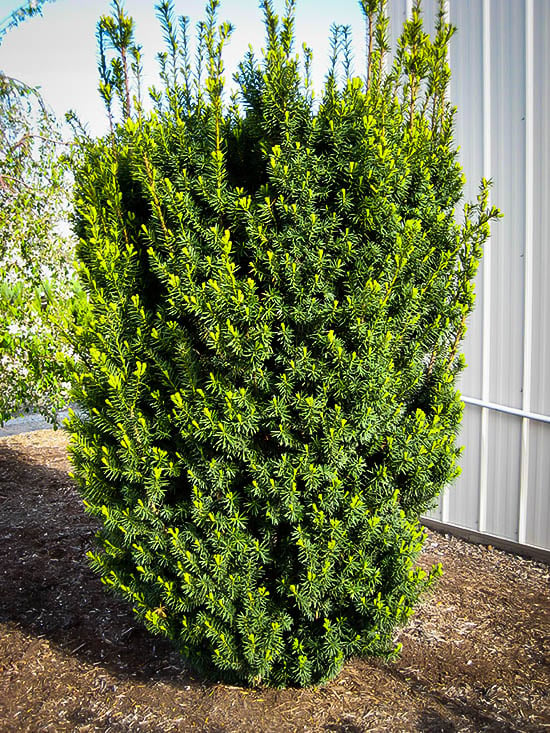
You can fertilize Yew in the early spring, a year after planting. To avoid yew hedge problems, enhance the soil by spreading a 1-inch layer a foot away from the plant’s trunk.
Try nitrogen-rich fertilizer reasonably away from the trunk and extending to the drip line. Avoid over-fertilization. The yew tree can resist most diseases and fungi. You can destroy malignant branches if they turn brown, die off, and burn the waste properly.
9. Overwintering
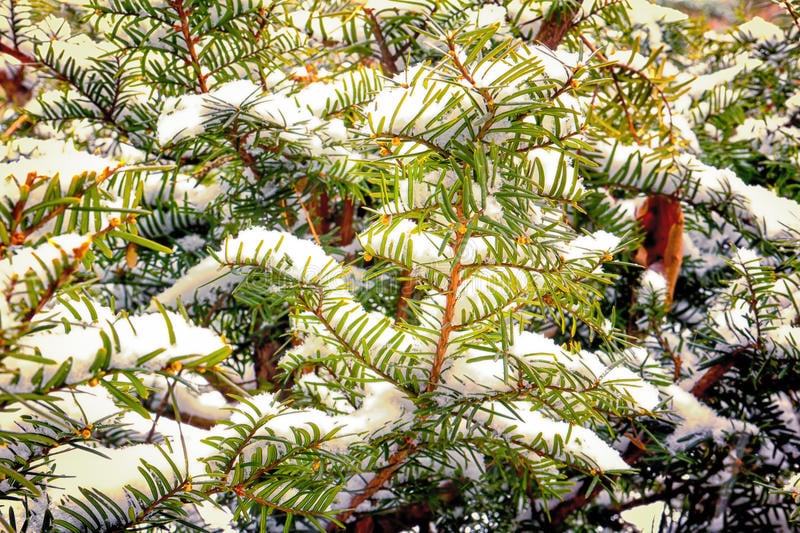
Yews can withstand cold winter temperatures without too much protection. To prevent issues connected with watering in the fall, make the soil frozen as a precautionary step. If you plant your Yew north-facing side of a building, it will escape winter needle burn conditions.
10. Control Pests and Diseases
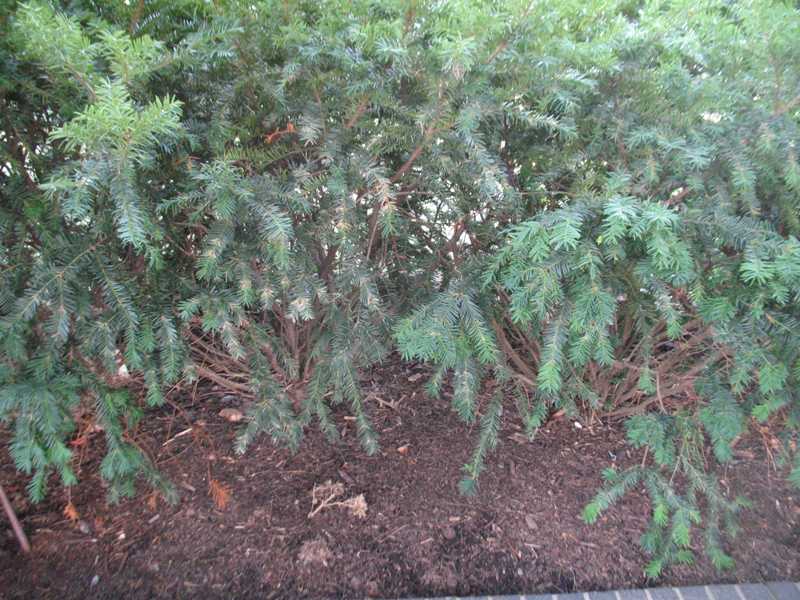
Attacks from sapsuckers like mealy bugs are a problem. An infestation will lead to needle loss and yellowing of branches, and severe mould issues. Mealybugs are hard to control with insecticides, as they are resistant to most chemicals.
One way to control infestation is spraying solutions with the garden hose in case older plants are declining fast. An infestation with the spraying of a 70 percent diluted solution of isopropyl alcohol once a week is advised.
Root rot is a problem with yew plants if the soil is heavily waterlogged. Follow watering protocols to avoid root rot and yellowing of branches and needles.
Heavy snowfall can cause winter damage, such as broken branches and browning needles. Immediately after a big snowfall, remove snow buildup. Also, do summer pruning to avoid breakage during storms.
11. Pruning
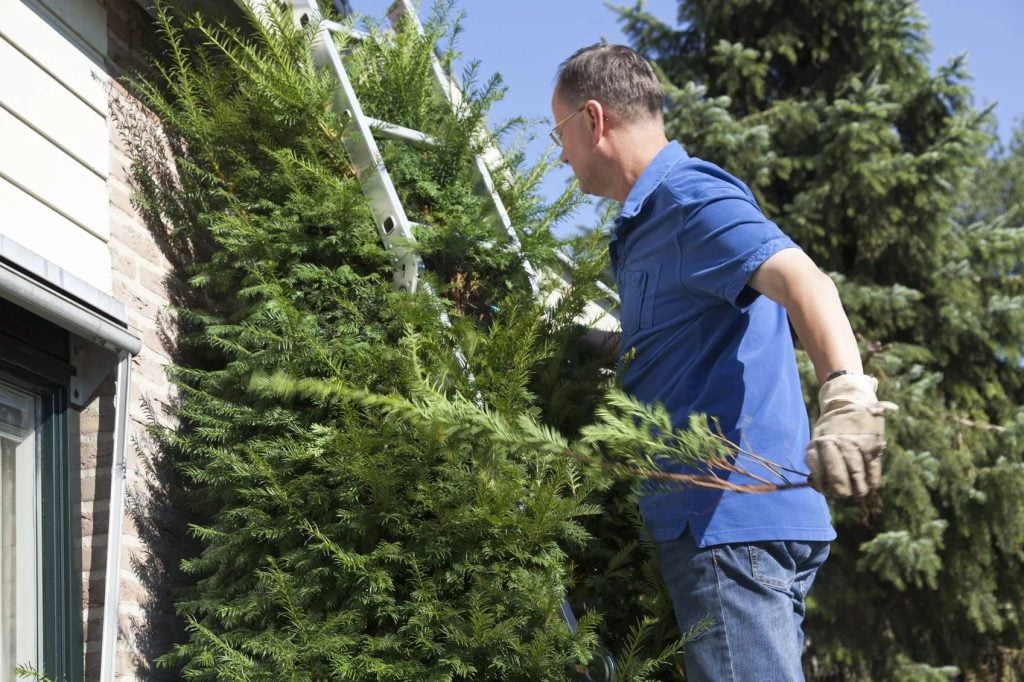
Overgrown yews can be rejuvenated with a good pruning. There is no rule that you prune Yew every year, but it is helpful to promote lush growth. Prune yews in the early spring before foliage thickens. We use hand pruners and branch Loppers for removing dead, damaged, or diseased branches.
12. Ways of Better Upkeep
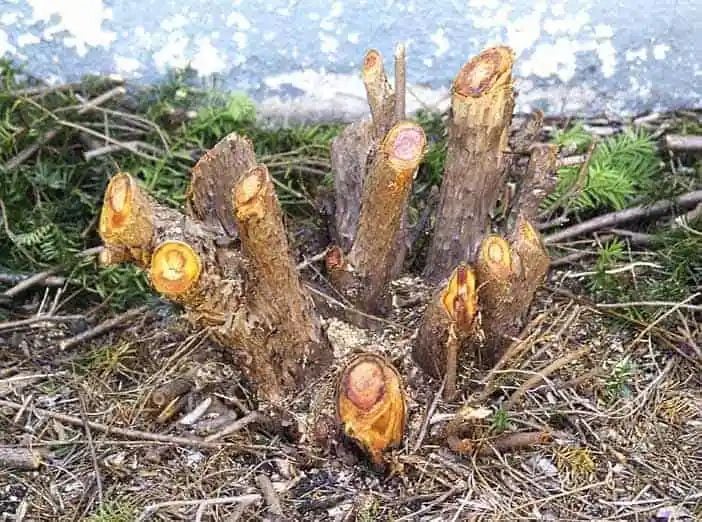
In the upkeep, yew pruning is important as it checks uncontrollable growth. A common yew has the potential to grow more than 65 feet. In managing hedges, you can fix the pruning height per your requirement with the due thickness.
Pruning of yews is advised when the summer is about to end or spring starts. Some heavy pruning by the end of August will keep the growth under perfect control. Spring pruning is done when the sap rises and accelerates the yew tree’s growth.
Since Yew is a slow-growing tree, this solution is best when starting the hedge off. Hat-racking is also possible with yews, although it is harmful compared to regular pruning. However, a small advantage is that among certain species, it can help to shrink an unduly large hedge.
Yew’s Male and Female Variants
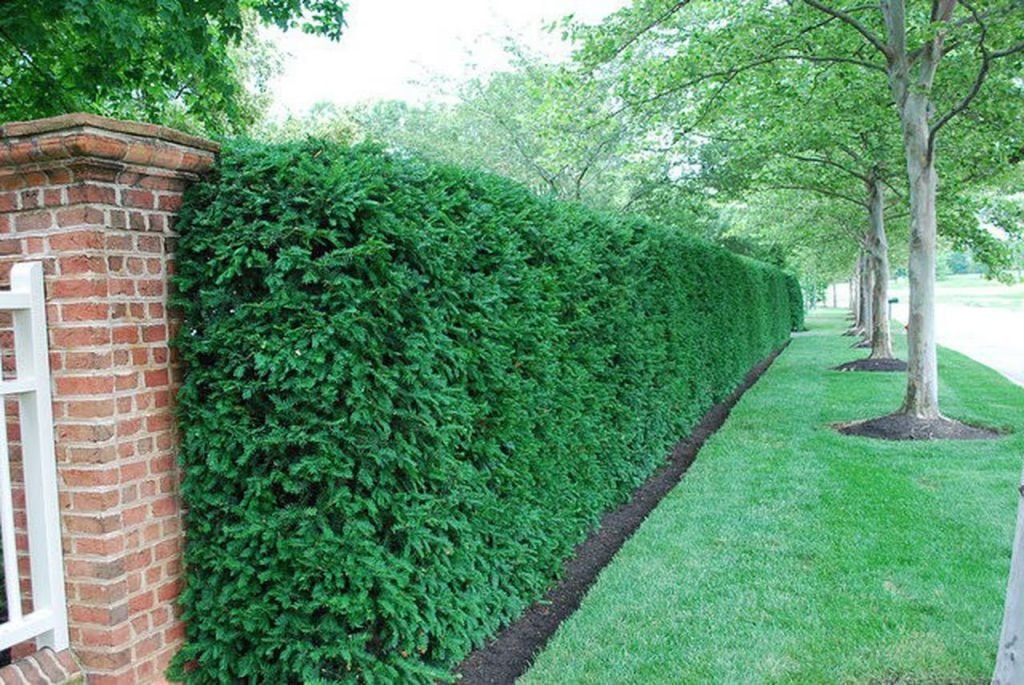
Yew is a Dioecious tree. It means there are male as well as female forms. By early spring, cones appear on the male trees, and they shed pollen. By early September, the female trees adorn bright red cup-like ‘arils’ or berries that contain seeds. These are favourites of birds like thrushes and waxwings, through which the seeds propagate through droppings.
Best for Landscaping
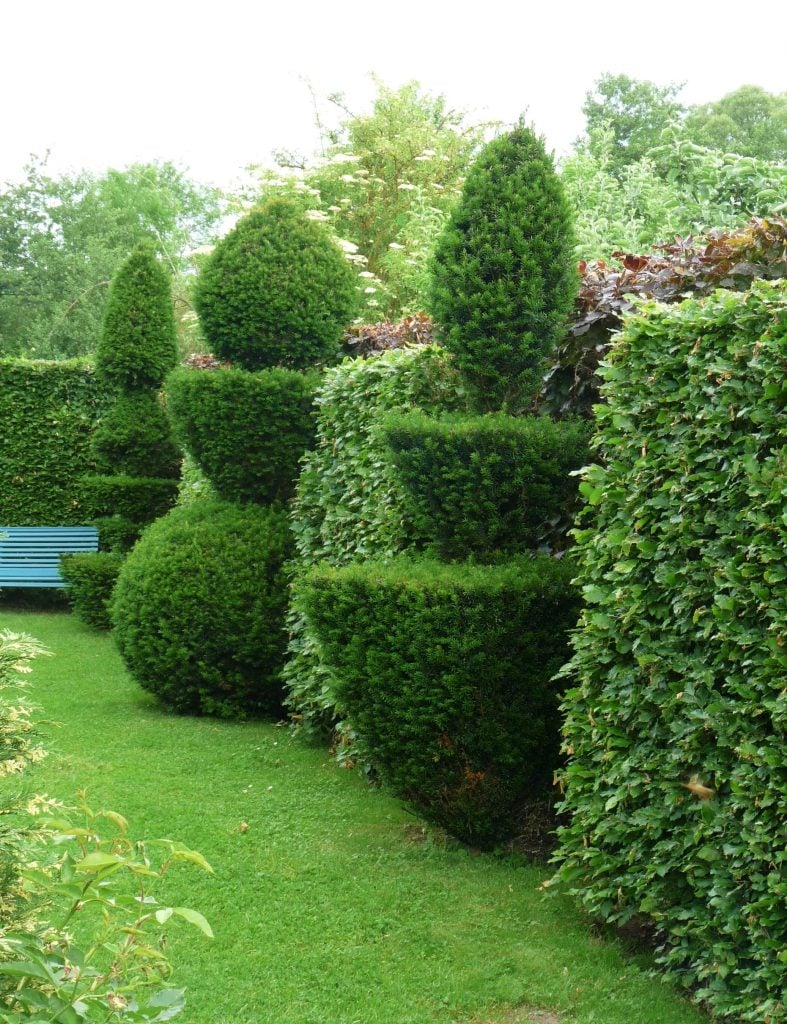
The conifer produces cones, not flowers, and features evergreen needles that vary in size and shape. There is concern about the toxicity of yew parts, but gardeners use it to the hilt for landscaping where Yew is excellent as a foundation plant, mainly in the facade. Low-profile yews are more apt as foundation plants and in medium-sized decorative hedges without causing any yew hedge problems. But be mindful that drainage has to be better to make yews grow successfully, as soggy conditions make this plant susceptible to fungal infections.
Significant Yew Variants
Among the hundreds of yew cultivars, the majority is derived from Taxus baccata (European Yew). The main variant of the landscape is Taxus baccata ‘Repandens’, which would grow 2 to 4 feet high and be used in foundation plantings and short hedges. They are also called Canadian Yew. Taxus baccata ‘Fastigiata’ grows 15 to 30 feet high and is used best for privacy hedges. Taxus cuspidata ‘Monloo’: Growing to 3 feet and 10 feet wide, this is too good for short hedges.
Taxus media ‘Hicksii’: Privacy hedges are column-shaped and grow 15 feet high by 20 feet wide.
Conifers Native to Britain
Yew is evergreen and seen widely in churchyards. One important use of Yews is its ability to provide a beautiful and extensive hedge as an evergreen topiary plant. Yew gives the dark green backdrop to plants of different colours. The dense growth makes it a shelter for birds with attractive bright red berries consumed by grey squirrels and other birds.
Yew is one of three conifers native to Britain. The other two are the Scots Pine and the Juniper. There are almost ten species of Yews worldwide. European Yew, Taxus baccata, is extensively found in the UK and other regions.
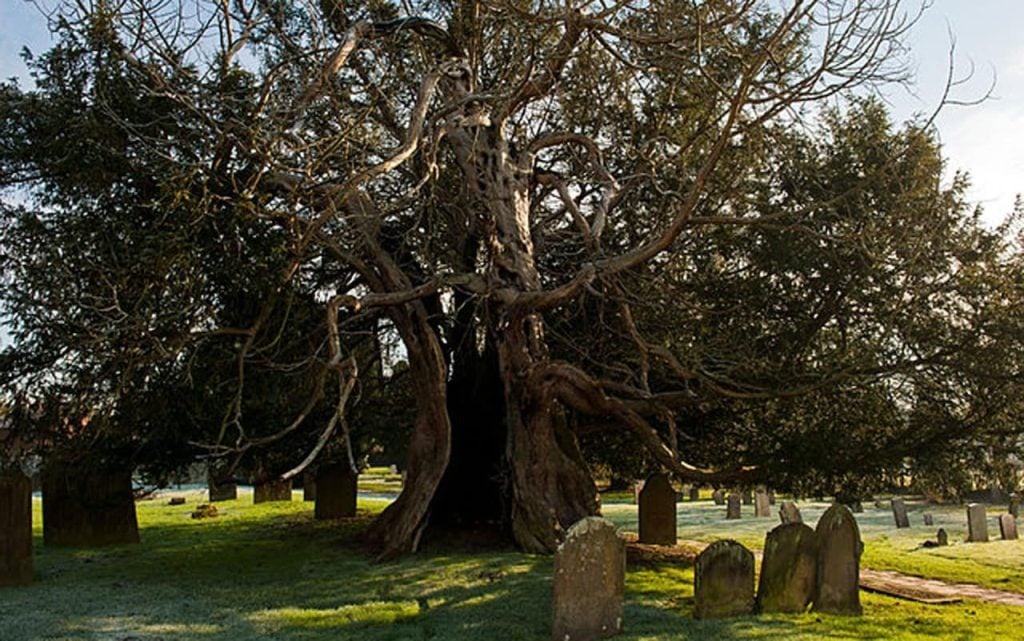
Yew trees in hedges enjoy long lives. Even in myths and literature, Yew is considered a symbol of immortality, with European Yews reportedly living 1,500 to 3,000 years. As for Yew trees and hedges, they can renew themselves, and even the bending branches would re-root.
One interesting feature about yew trees is the bleeding of red sap if the tree gets injured by breakage or other damage. But bleeding subsides, and yew trees scar easily. Many legends say the bleeding of Yew is a way to express sympathy for Jesus after his crucified death.
Toxic Japanese Yew tree
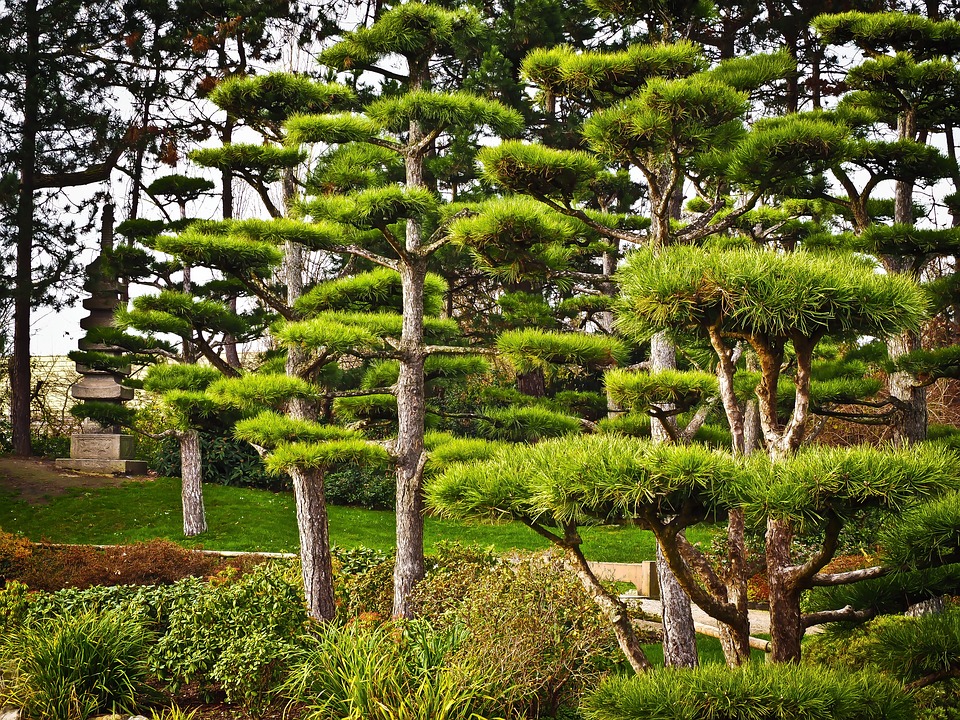
One interesting part about Taxus baccata is a unique species of Japanese Yew (Taxus cuspidata) with its poisonous woody plants; other components are toxic. The fleshy red part of the berry contains lethal taxine, a poisonous alkaloid.
Remember that yew berries are not edible. That is the reason gardeners wear gloves when pruning Japanese Yews. So, ensure that elders, children, and pets do not eat yew berries or yew needles, as it would lead to several medical problems.
Yew poisoning can manifest as stomach pain, varying heart rate, muscular weakness, and vomiting. On the plus side, the hardiness of Yew makes it an attractive alternative to boxwood prone to diseases.
Plan Your Yew Hedge Garden Right Away
Yew is also an excellent windbreak and resists gales effectively.
Yews are nice for landscaping and garden borders without causing issues like yew hedge problems.
The discussion has gone in-depth into the utilitarian and breeding aspects of the yew trees.
It has also discussed the growing conditions essential for Yew trees and how you can create and nourish them and leverage their vast benefits.
Now go ahead with your yew tree planting mission and avoid all yew hedge problems by taking cues from this discussion.

